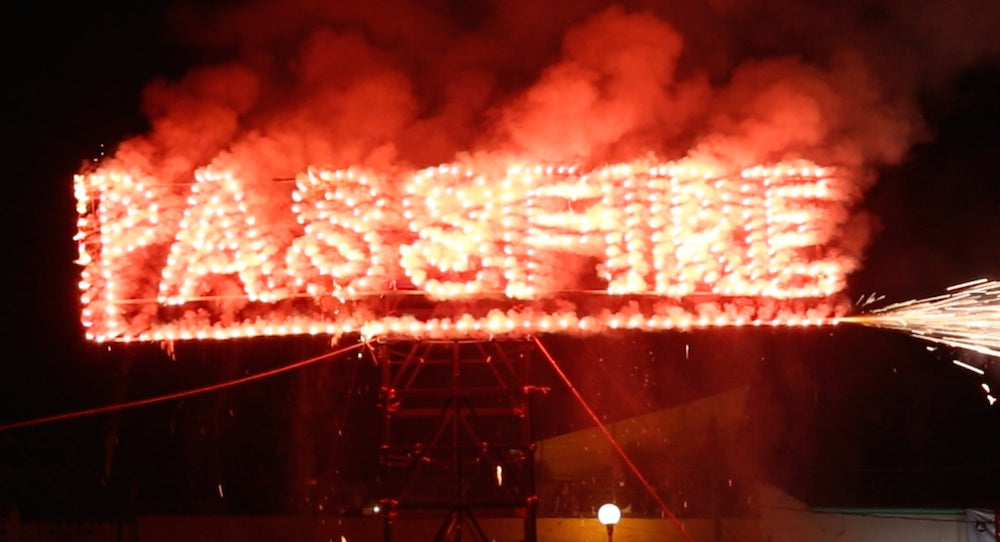
PASSFIRE - The Adventure Continues
Here at Epic, we have been following the exploits and adventures of brothers Jesse and Jeremy Veverka from the USA, as they criss-cross the globe creating the biggest ‘fireworks’ documentary film ever made.
Their mission is to visit as many countries as possible to document their attitudes and the tradition/religious connotations towards fireworks as possible. The journey started in January 2013 and will continue (funding permitting) until they have visited as many countries as possible for their film and documentary series about pyrotechnics.
In late March, the team left Spain for the sunny shores of Portugal for the next leg of the adventure. Portugal has a long firework history and just love their motor rockets and smaller salutes called ‘bombettes’. The motor rockets are loaded with effects and reach an incredible 200m altitude.
Years ago, the Portuguese, like the ancient Chinese used bamboo type canes and packed them with black powder and chemical stars filled them with effects and then reinforced them with wire resulting in no two of them ever being exactly the same. They also have some unusual and frankly dangerous looking beasties called ‘strong battery’ or BF which unlike a display shell have multiple effects slowly released as they are not under pressure in the loose wrapping resulting in a large but not widespread explosion or spread.
As the second week of April looms large, the Passfire team left Portugal for the beautiful shores of Italy to see their traditional ‘cannister shells’ and ‘ring stars’.
The Italians, of course, are credited with adding the colour and effects to the Art of Pyrotechnics way back in the fourteenth century and of the 60 or so firework specialists around in Europe at the time, the majority of them were Italian descendants.
Around the World, the production of fireworks depends heavily on the burst charge but each country has their own raw material to make it with. Over in China, for example, they use the rice husk (the outer casing on the grain – a bit like wheat bran) in Mexico, they use the cotton seed husk but in Italy, as they are known mainly for grape production for wine, they use cork. It is lightweight, robust and absorbent. They also create star rings rather than individual stars which makes the resultant burst more precise. The rings are then stacked into the tube and the middle packed with burst charge.
Off then to the next destination – Greece. Whilst the Greeks had little influence on the history of fireworks, they have been using them widely in their religious festivals, particularly the Christian history of Greece and its Isles. One of these events is the annual Rouketopolemos or Rocket battle in Chios where two opposing churches fire rockets across the town in an attempt to hit the bell in the tower of the opposite church. All very dramatic and more than a little dangerous and the Veverkas’ certainly had their work cut out filming at the event but they got some great footage and even managed to be interviewed by Greek TV about their visit and film production. Having been a visitor myself to Greece (Zakynthos) in the past at the same time as a similar festival a few years ago, these events whilst dramatic are definitely not for the faint-hearted.
Next stop – Malta
Check out our blog post next month to see what the brothers have been up to on the next leg of the Passfire journey.
